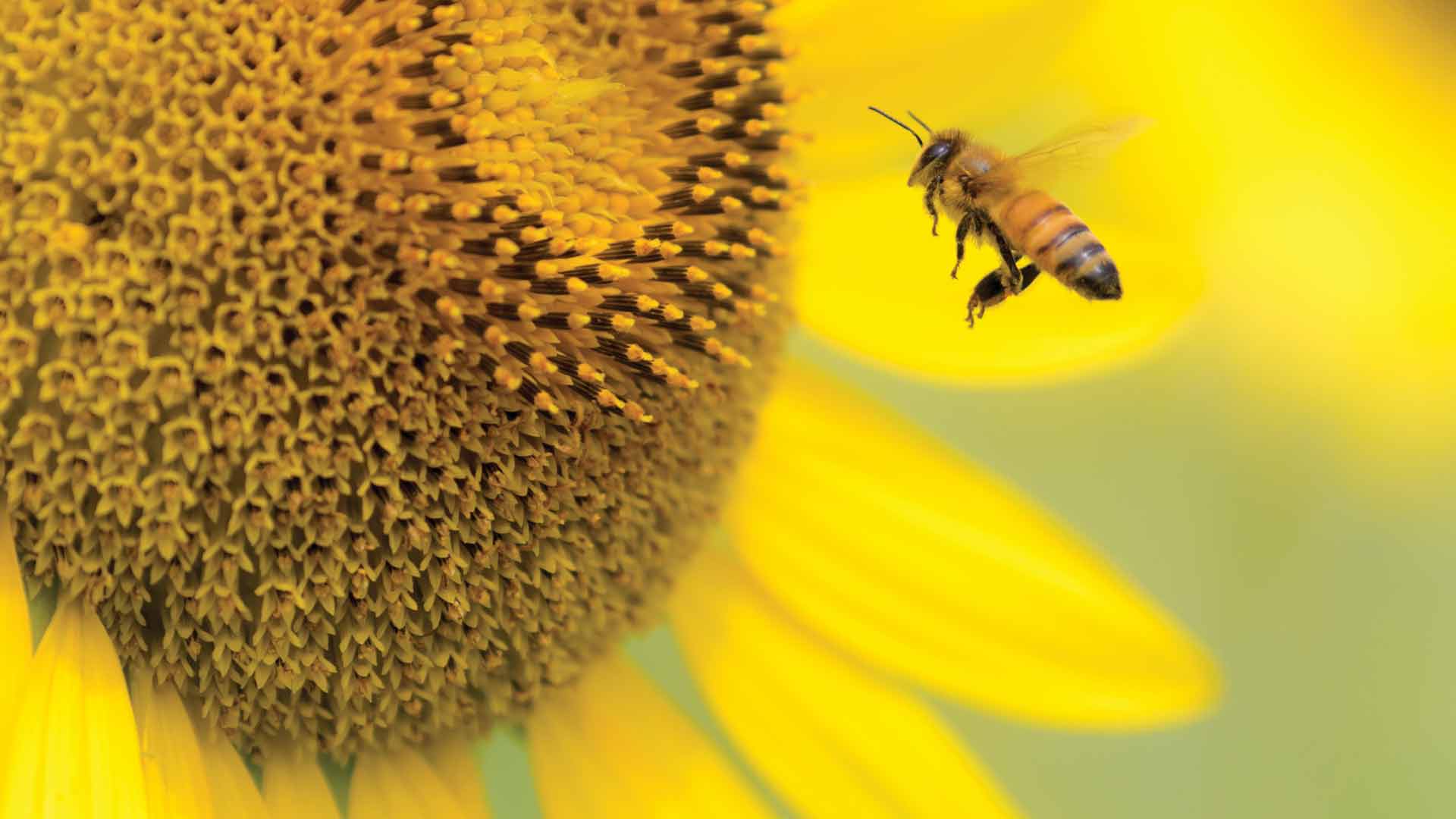Can a Drone Do the Work of Honeybees?
Recently, a Japanese chemist named Eijiro Miyako discovered a new way to assist natural pollinators in the wild with technology. Miyako has developed a system that combines a proprietary gel with a tiny, insect-sized remote controlled drone, to pollinate plants and flowers.
Motivated by concerns about climate change and the impact it was having on bees and other insects, Miyako believes, “the technology and artificial pollinators could be hopefully promising for giving us a good solution against the pollination crisis for our beautiful planet.”
To devise an effective artificial pollinator, though, he needed some kind of flying machine to transport the pollen. He found an insect-sized, remote-controlled four-propeller drone, worth about $100 and attached horse hair to it in order to mimic the fuzzy exterior of a bee.
Miyako then flew the little drone—with hair and gel attached—over the flowers of pink-leaved Japanese lilies. The little flyers picked up pollen and the researchers guided them to other flowers, where they deposited the grains, artificially pollinating the plants.
Ecowatch
Edible Food Packaging Made from Milk Proteins
Most foods at the grocery store come wrapped in plastic packaging. Not only does this create a lot of non-recyclable, non-biodegradable waste, but thin plastic films are not great at preventing spoilage. Scientists are now developing a packaging film made of milk proteins that addresses these issues — and it is even edible.
To create an all-around better packaging solution, a team at the U.S. Department of Agriculture is developing an environmentally-friendly film made of the milk protein casein. The film is up to 500 times better than plastics at keeping oxygen away from food and, because it is a milk derivative, is biodegradable, sustainable and edible.
In addition to use as plastic pouches and wraps, this casein coating is sprayable onto food, such as cereal flakes or bars. Right now, cereals keep their crunch in milk due to a sugar coating. Instead of all that sugar, manufacturers could spray on casein-protein coatings to prevent soggy cereal. The team behind this innovation are still working to make improvements, but are confident the first commercially available products will hit the shelves within three years.
Science Daily
Fly Farms to Provide Alternative Protein for Animal Feeds
Recently two companies have partnered together to build 25 fly farms a year for up-cycling organic waste into insect protein for animal feeds.
Using a high-tech blueprint developed with Christof Industries, AgriProtein plans to rear fly larvae at an industrial scale on organic waste that would otherwise go to landfill and harvests the larvae to make natural, high-protein feed products as a sustainable alternative to fishmeal and soybean meal. The fly farms will be operated by local licensees of AgriProtein technology in Asia, the Middle East, Europe and the Americas.
AgriProtein CEO Jason Drew said, “Waste-to-nutrient technology is starting to get traction and price per tonne is key in the fight to replace fishmeal. Christof’s expertise has enabled us to boost output and reduce costs, making us even more competitive and giving us a sound model for rapid global expansion.”
Christof Industries CEO Johann Christof said, “We now have an EPC model to deliver cost-efficient, high-volume fly farms anywhere in the world. The demand for sustainable insect protein is growing rapidly and as AgriProtein’s partner we will help meet that demand.”
agwired.com
